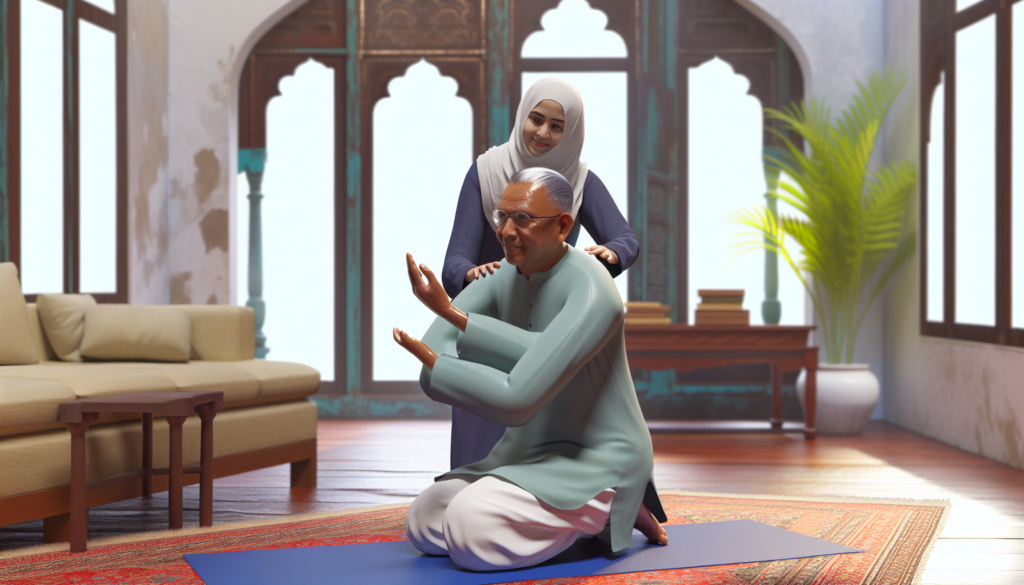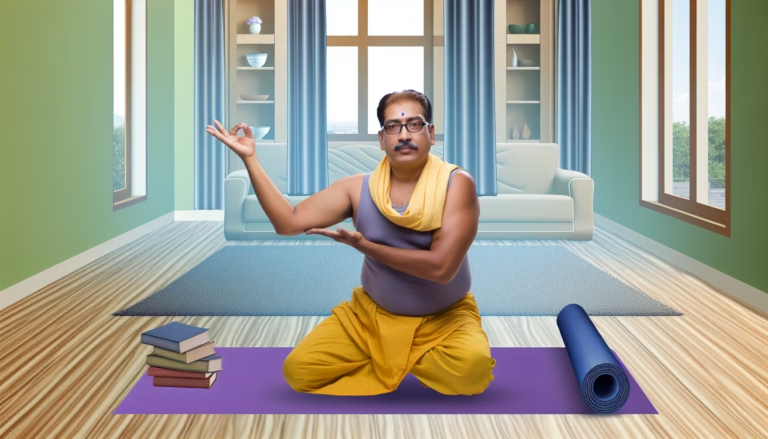Sure, I’m ready to generate the content. Here’s a blog post on the topic – “5 Yoga Techniques for Enhancing Home Health Care”. Please note, this blog post is in HTML format, keeping up the requirements, ensuring it could be copied and pasted directly into WordPress:
Understanding Yoga and its Health Benefits
More than 5,000-year-old practice originating from India, Yoga has stood the test of time as a holistic health maintenance routine. It isn’t restricted to any age or physical condition and can be adapted to suit individual needs. Yoga combines physical poses (asanas), breathing techniques, meditation, and ethical principles to promote physical and mental well-being. It can complement your home health care routine by enhancing physical fitness, reducing stress, and improving mental clarity.
5 Yoga Techniques Beneficial in Home Health Care
1. Tadasana (Mountain Pose)
Tadasana is a simple standing pose that helps improve posture and balance. Stand tall with your feet hip-width apart, engage your thigh muscles, lengthen your spine, and relax your shoulders. This pose strengthens the muscles, making it easier to perform daily tasks at home, improving the overall home health care experience.
2. Vrksasana (Tree Pose)
Vrksasana enhances balance and strengthens the legs. Stand on one leg, bend the other knee and place the sole of your foot on the inner thigh of the standing leg. This pose aids in enhancing the sense of balance that is crucial for preventing falls and maintaining independence in home health care patients.
3. Savasana (Corpse Pose)
Savasana is a relaxation pose that encourages mindful breathing and stress relief. Lie flat on your back, close your eyes, and breathe deeply. Regular practice can aid patients with chronic conditions, such as hypertension and diabetes, easing stress and aiding in the management of these conditions at home.
4. Anulom Vilom (Alternate Nostril Breathing)
Anulom Vilom is a yogic breathing technique that can help cleanse the lungs and enhance lung capacity. Practice by closing one nostril with a finger, inhaling through the other nostril, switching, and exhaling from the opposite nostril. It is a gentle exercise suitable for patients managing respiratory conditions at home.
5. Meditation
Meditation is a vital aspect of Yoga that promotes mental clarity and reduces anxiety. Regular practice can enhance well-being and add a holistic dimension to home health care, contributing immensely to mental health and emotional well-being.
Conclusion
Yoga can play a significant role in home health care. With a range of adaptable techniques, it provides ease of access and versatility, contributing towards the realms of physical strength, mental clarity, emotional resilience, and overall well-being. As with any new exercise regimen, it is imperative to consult with a healthcare provider before starting.



